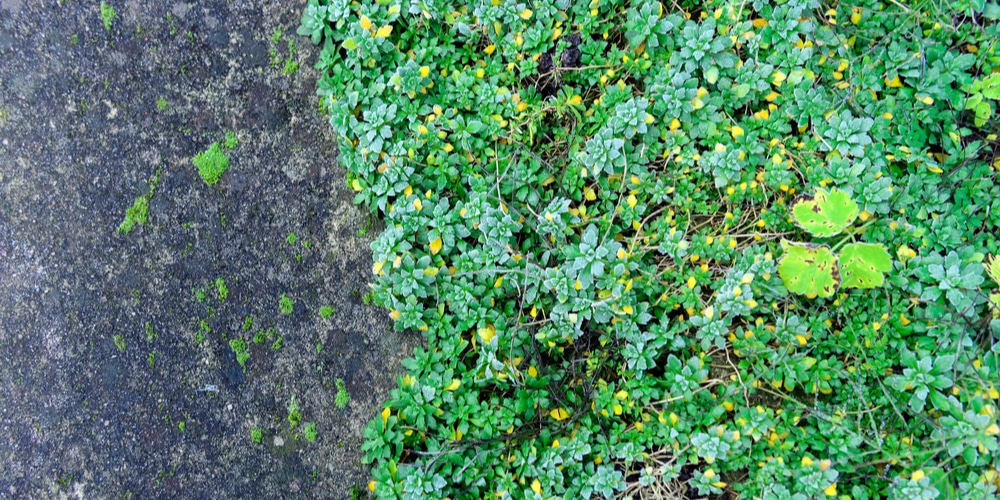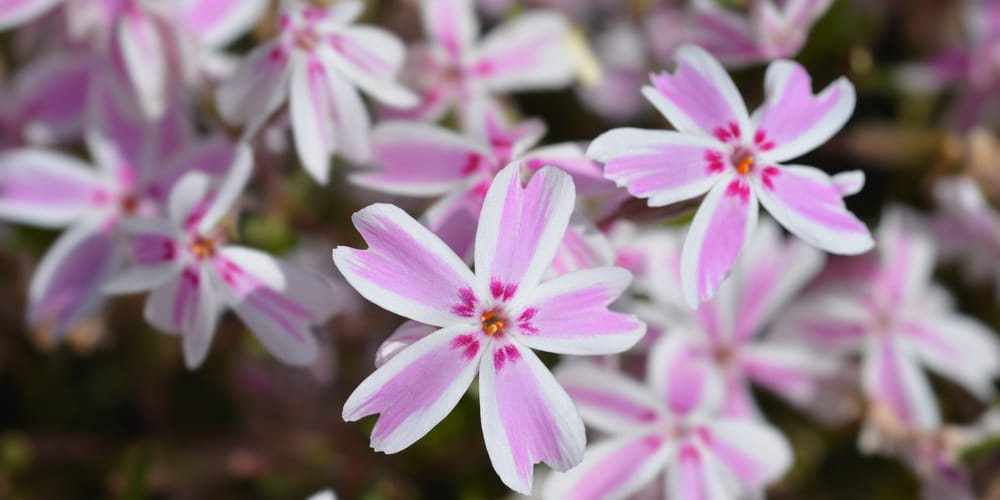Creeping phlox is a relatively easy-to-grow plant that doesn’t require much attention from your side to thrive. This perennial makes for an excellent ground cover and produces delicate-looking flowers.
It thrives in USDA hardiness zones between 3 and 9. So, it is a versatile plant that adapts to various weather conditions. Of course, to ensure it will thrive in your garden, you’ll have to water it weekly and provide it with proper care. Also, you must ensure your plants get the necessary annual nutrition to enhance flower production.
But can you grow creeping phlox in winter? And what should you know about recreating the ideal conditions for this plant to survive during the coldest months of the year? To find answers to these questions, keep reading to explore everything you should know about growing creeping phlox during winter!
How to Care for Creeping Phlox in Winter
As mentioned before, creeping phlox is a versatile plant: it thrives in several USDA hardiness zones, and most varieties will tolerate temperatures as low as 20°F. These plants are more tolerant to frost than other species. Still, you’ll need to provide your plants with some care over the winter to ensure their survival during the coldest season.
For instance, we recommend adding a thick layer of mulch around your plants after the soil freezes. We are talking of at least three inches of bark, pine needles, or anything else that might serve this purpose.
Doing so will regulate the soil temperature and protect your plants’ roots from frost damage. Indeed, creeping phlox’s shallow roots might easily get exposed to outdoor conditions, which might cause severe damage to your plants (including death).
The consequences will be particularly severe if your plant is young: creeping phlox’s roots tend not to establish themselves in the soil before a couple of years.
Also, if you are expecting extreme temperatures, consider covering your plants with burlap sacks to prevent water loss due to moisture evaporation. After all, creeping phlox needs constant moisture to thrive and adequate air circulation to prevent the spread of diseases.
Don’t forget to keep an eye on the weather: check your local reports and consider taking measures to protect your plants as soon as temperatures fall below 40°F.
Depending on where you live, you might have to cover your plants for the night and uncover them during the day, when the temperatures might be higher and the weather warmer.
How to Detect if Your Creeping Phlox is Suffering from Winter Damage
When growing plants, you must monitor them to know which measures to take if something doesn’t seem right. Taking care of them goes beyond watering them once or twice a week!
For instance, you can tell your creeping phlox is suffering from winter damage by looking at its leaves: they might wilt or display dry and brown areas. Also, you might lose some flower buds or get irregular or distorted blooms.
Creeping phlox is an evergreen perennial. With proper care, these plants will come back every year. However, they go dormant during the winter, which doesn’t make the plants able to absorb moisture when exposed to cold winter winds and direct sunlight. So, taking the measures we described in the previous section can affect their ability to survive lower temperatures.
One of the worst consequences of winter damage is the reduction of flowering. Usually, fall frost tends not to be a problem for creeping phlox as the plant finishes blooming by that time. So, your plant can focus its energies on handling low temperatures and survive them.
Winter death might occur when the plant doesn’t receive adequate moisture. If you planted it in a sunny location, or if your area is susceptible to winds, you might have to take additional measures to protect your plants.
How To Make The Most Out of Your Creeping Phlox
To have your creeping phlox survive winter, you must also ensure it gets what it needs to thrive. Don’t forget that this plant does well in partial shade. If you live in a colder region, you might be able to locate it under the full sun but beware: you’ll have to keep a regular watering schedule to prevent dryness.
If necessary, you might have to make amendments to your soil to make the conditions more welcoming to creeping phlox. These plants prefer slightly acidic environments and do better in well-draining soils.
Creeping phlox in winter: Final Thoughts
To enhance growth, consider fertilizing your plant in the late winter. Use a high-quality and slow-release product to get better results and avoid problems.
You may also like: When to Plant Flowers in Iowa?


